MIT’s quantum tunneling transistors achieve high performance and energy efficiency, surpassing silicon’s limits with nanoengineering.
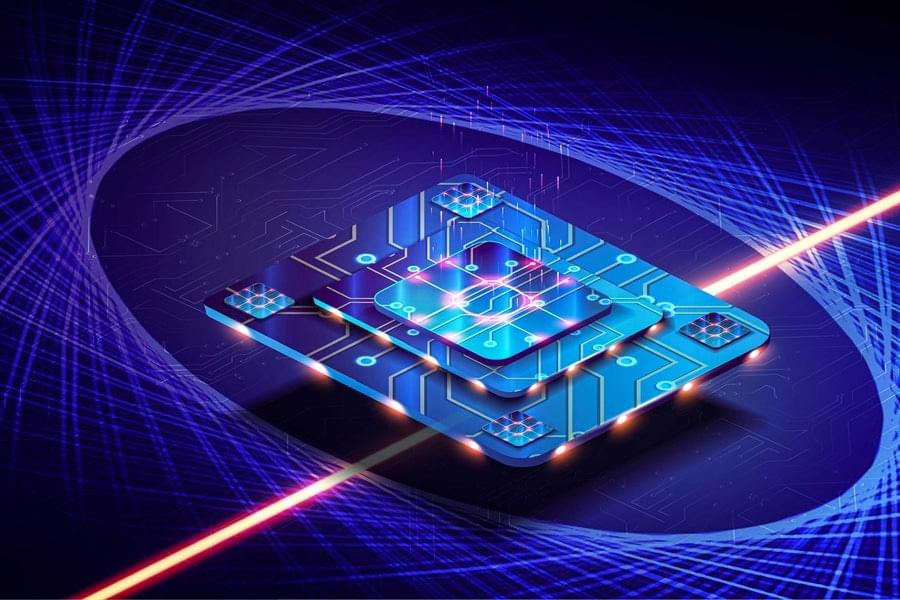

Microbes, Ecology And Medicine — Dr. Sean M. Gibbons, Ph.D. — Associate Professor, Institute for Systems Biology (ISB)
Dr. Sean Gibbons, Ph.D. is Associate Professor at the Institute for Systems Biology (ISB — https://isbscience.org/people/sean-gibbons-phd/?tab=biography where his lab investigates how the structure and composition of evolving ecological networks of microorganisms change across environmental gradients, with a specific focus on how ecological communities in the gut change and adapt to individual people over their lifespans (i.e. host genotype, host development and host behavior) and how these changes impact human health (https://gibbons.isbscience.org/). His lab develops computational and experimental tools for investigating host-associated microbial communities to explore the interactions between ecology, evolution and ecosystem function, applying these insights to develop personalized interventions for improving human health and well-being.
Dr. Gibbons received his PhD in biophysical sciences from the University of Chicago in 2015, dual-advised by Jack Gilbert and Maureen Coleman. His graduate work focused on using microbial communities as empirical models for testing ecological theory.
Dr. Gibbons completed his postdoctoral training in Eric Alm’s laboratory in the Department of Biological Engineering at MIT from 2015–2018. His postdoctoral work focused on developing techniques to quantify individual-specific eco-evolutionary dynamics within the human gut microbiome.
Dr. Gibbons was awarded a Fulbright Graduate Fellowship to study microbiology and synthetic biology at Uppsala University in Sweden, where he earned a master’s degree in 2010. His PhD work was supported by an EPA STAR Graduate Fellowship. Upon joining the ISB faculty in 2018, his startup package was supported, in part, by a Washington Research Foundation Distinguished Investigator Award.
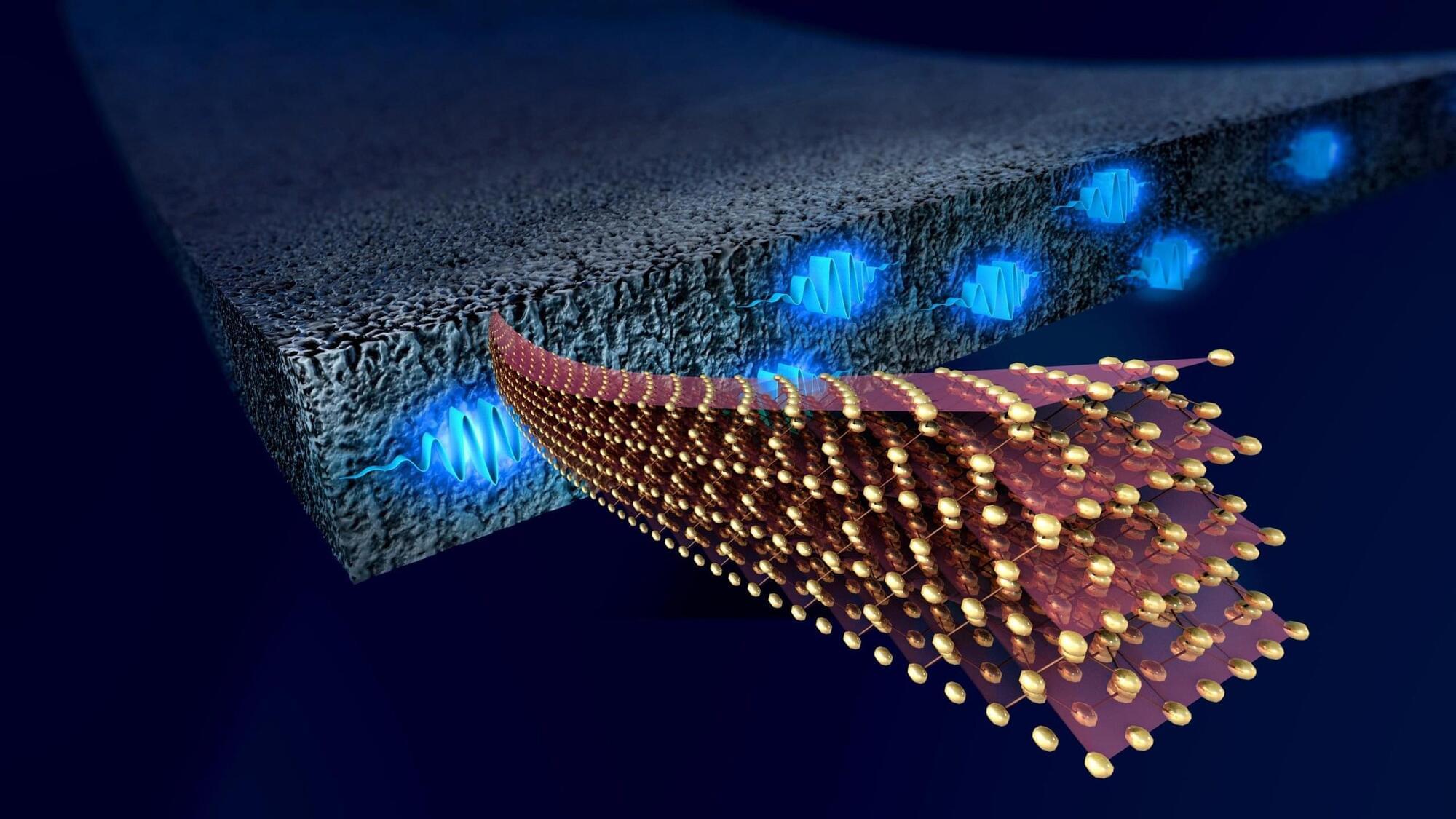
Scientists have unlocked a new understanding of mesoporous silicon, a nanostructured version of the well-known semiconductor. Unlike standard silicon, its countless tiny pores give it unique electrical and thermal properties, opening up potential applications in biosensors, thermal insulation, photovoltaics, and even quantum computing.
Performing computation using quantum-mechanical phenomena such as superposition and entanglement.
A research team led by Professor Takayuki Hoshino of Nagoya University’s Graduate School of Engineering in Japan has demonstrated the world’s smallest shooting game by manipulating nanoparticles in real time, resulting in a game that is played with particles approximately 1 billionth of a meter in size.
This research is a significant step toward developing a computer interface system that seamlessly integrates virtual objects with real nanomaterials. They published their study in the Japanese Journal of Applied Physics.
The game demonstrates what the researchers call “nano-mixed reality (MR),” which integrates digital technology with the physical nanoworld in real time using high-speed electron beams. These beams generate dynamic patterns of electric fields and optical images on a display surface, allowing researchers to control the force field acting on the nanoparticles in real time to move and manipulate them.
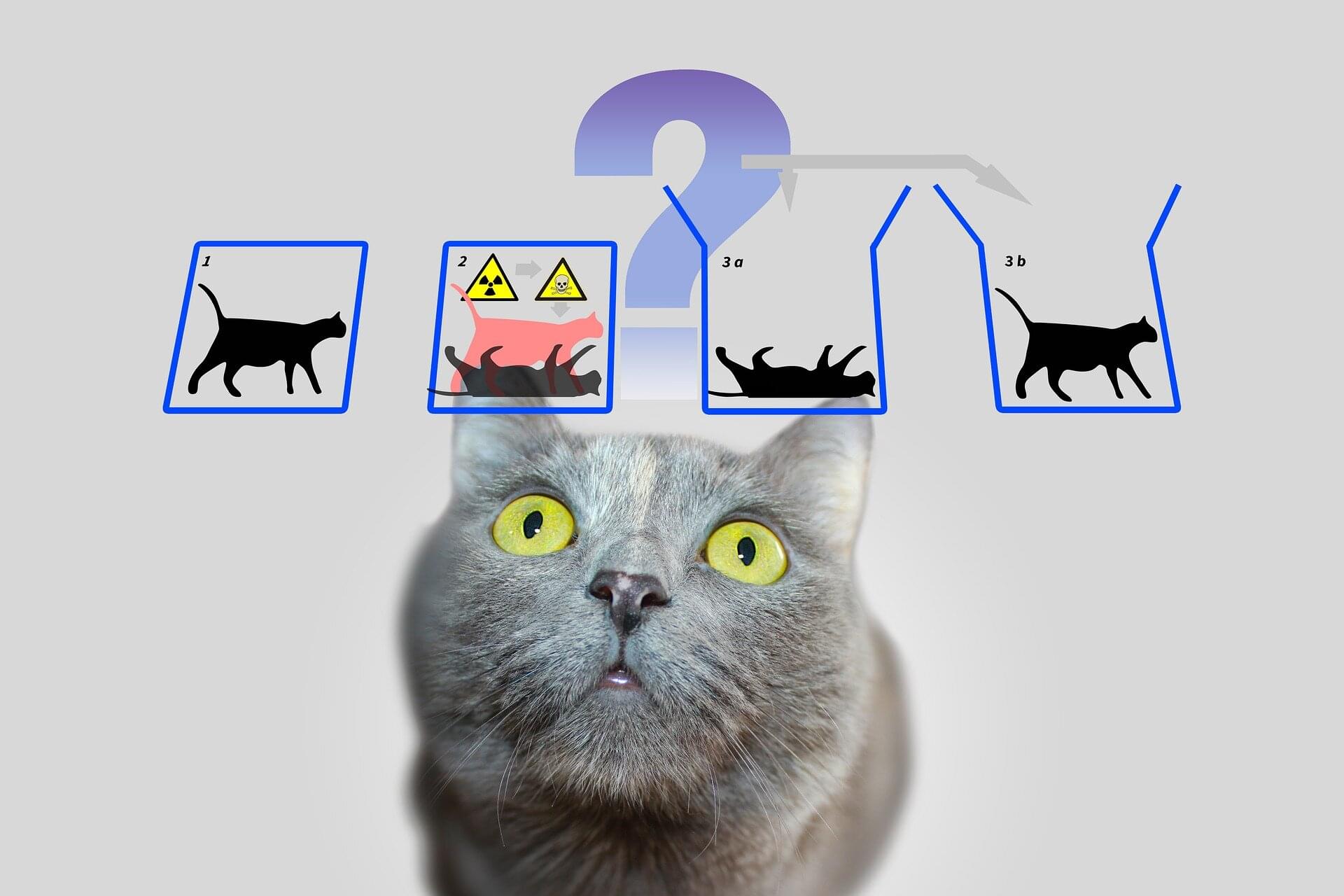
Quantum computers could be made with fewer overall components, thanks to technology inspired by Schrödinger’s cat. A team of researchers from Amazon Web Services has used “bosonic cat qubits,” to improve the ability of quantum computers to correct errors. The demonstration of quantum error correction requiring reduced hardware overheads is reported in a paper published in Nature.
The system uses so-called cat qubits (qubits are the quantum equivalent to classical computing bits), which are designed to be resistant against certain types of noise and errors that might disrupt the output of quantum systems. This approach requires fewer overall components to achieve quantum error correction than other designs.
Quantum computers are prone to errors, which limits their potential to exceed the capabilities of classical computers at certain tasks. Quantum error correction is a method that helps reduce errors by spreading information over multiple qubits, allowing the identification and correction of errors without corrupting the computation. However, most approaches to quantum error correction typically rely on a large number of additional qubits to provide sufficient protection against errors, potentially leading to an overall decrease in efficiency.
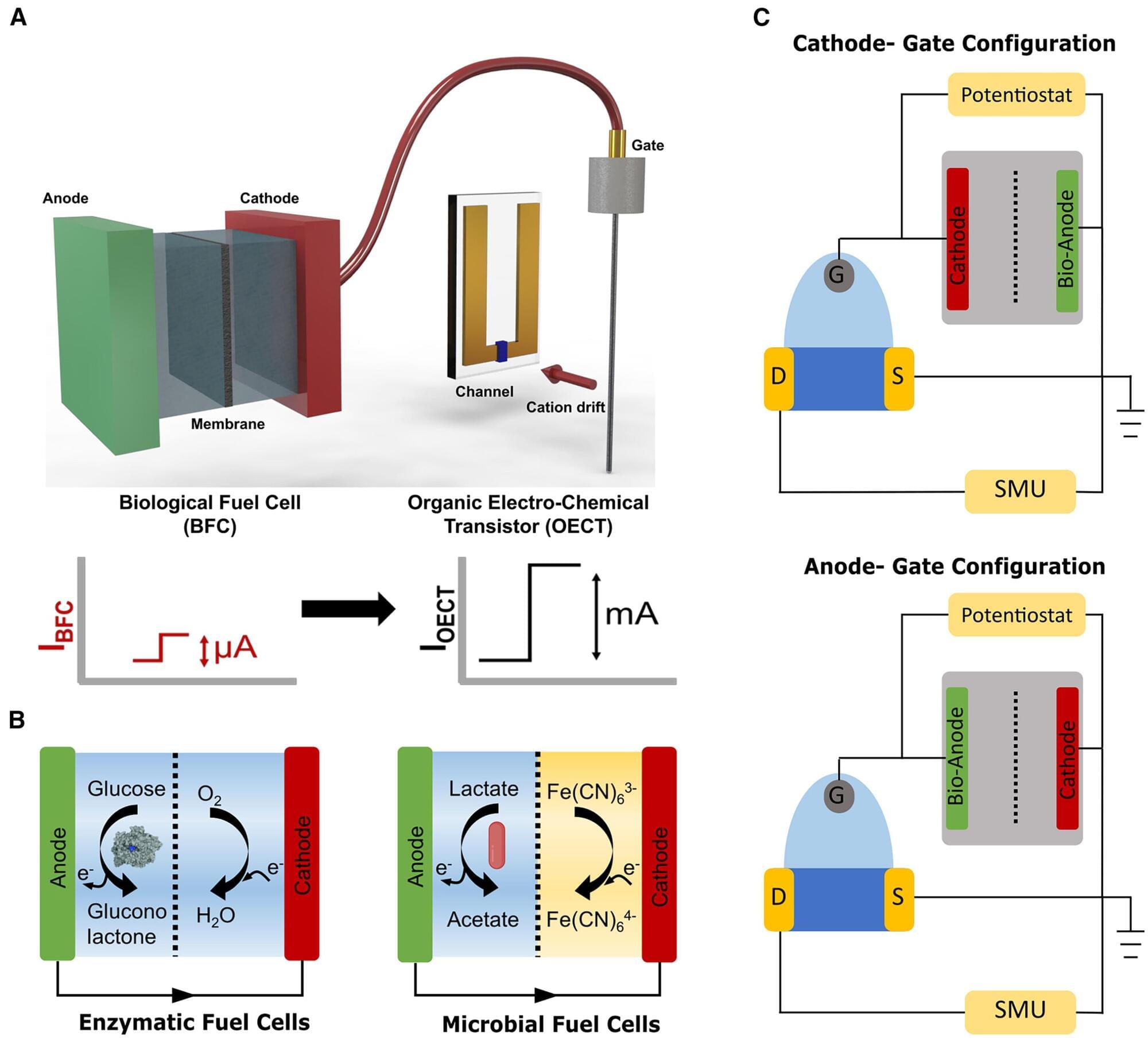
In a breakthrough that could transform bioelectronic sensing, an interdisciplinary team of researchers at Rice University has developed a new method to dramatically enhance the sensitivity of enzymatic and microbial fuel cells using organic electrochemical transistors (OECTs). The research was recently published in the journal Device.
The innovative approach amplifies electrical signals by three orders of magnitude and improves signal-to-noise ratios, potentially enabling the next generation of highly sensitive, low-power biosensors for health and environmental monitoring.
“We have demonstrated a simple yet powerful technique to amplify weak bioelectronic signals using OECTs, overcoming previous challenges in integrating fuel cells with electrochemical sensors,” said corresponding author Rafael Verduzco, professor of chemical and biomolecular engineering and materials science and nanoengineering. “This method opens the door to more versatile and efficient biosensors that could be applied in medicine, environmental monitoring and even wearable technology.”
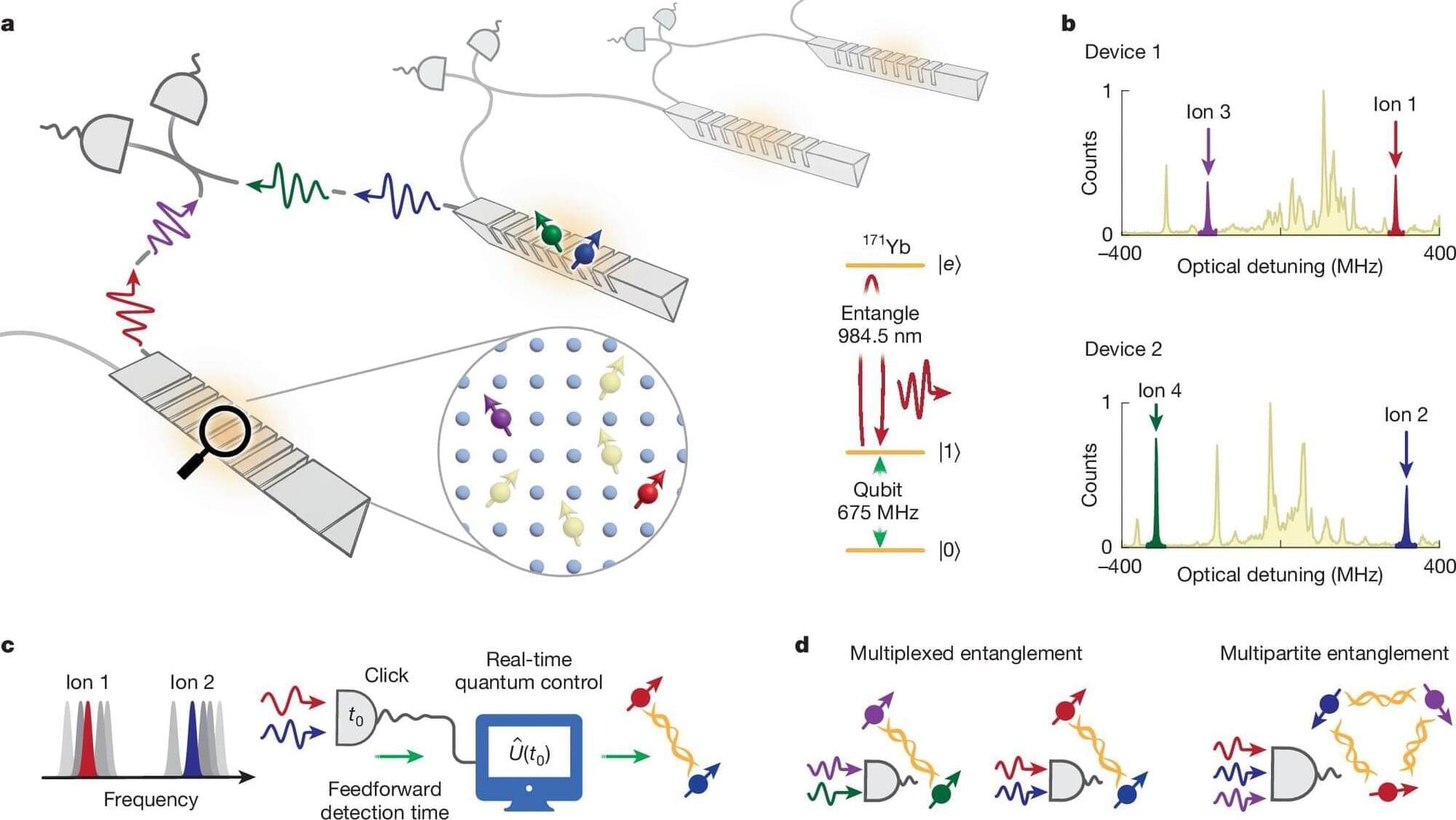
Laying the groundwork for quantum communication systems of the future, engineers at Caltech have demonstrated the successful operation of a quantum network of two nodes, each containing multiple quantum bits, or qubits—the fundamental information-storing building blocks of quantum computers.
To achieve this, the researchers developed a new protocol for distributing quantum information in a parallel manner, effectively creating multiple channels for sending data, or multiplexing. The work was accomplished by embedding ytterbium atoms inside crystals and coupling them to optical cavities—nanoscale structures that capture and guide light. This platform has unique properties that make it ideal for using multiple qubits to transmit quantum information-carrying photons in parallel.
“This is the first-ever demonstration of entanglement multiplexing in a quantum network of individual spin qubits,” says Andrei Faraon (BS ‘04), the William L. Valentine Professor of Applied Physics and Electrical Engineering at Caltech. “This method significantly boosts quantum communication rates between nodes, representing a major leap in the field.”
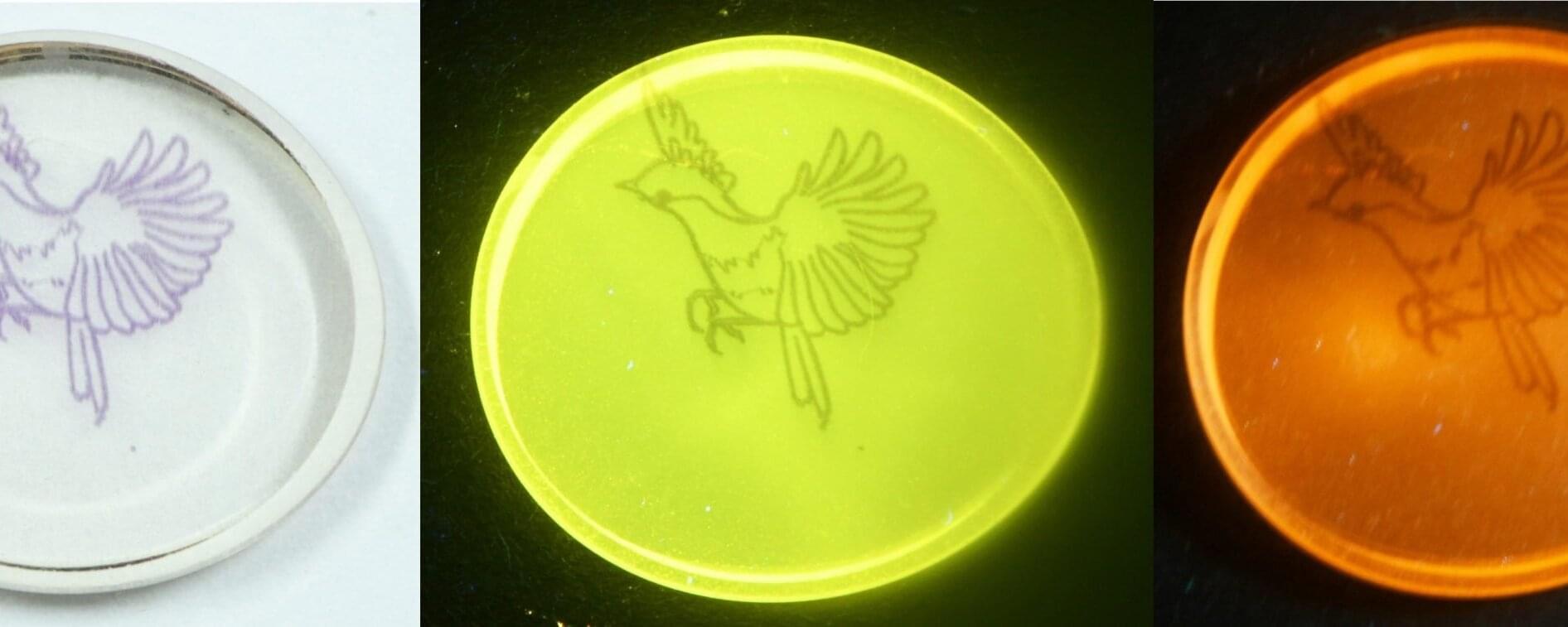
Researchers have developed a new type of photochromic glass that can store and rewrite data indefinitely.
By embedding magnesium and terbium, they’ve created a material that changes colors under different wavelengths of light, allowing for high-density, long-term storage without power. This breakthrough could revolutionize data preservation.
Exploring the potential of glass for data storage.
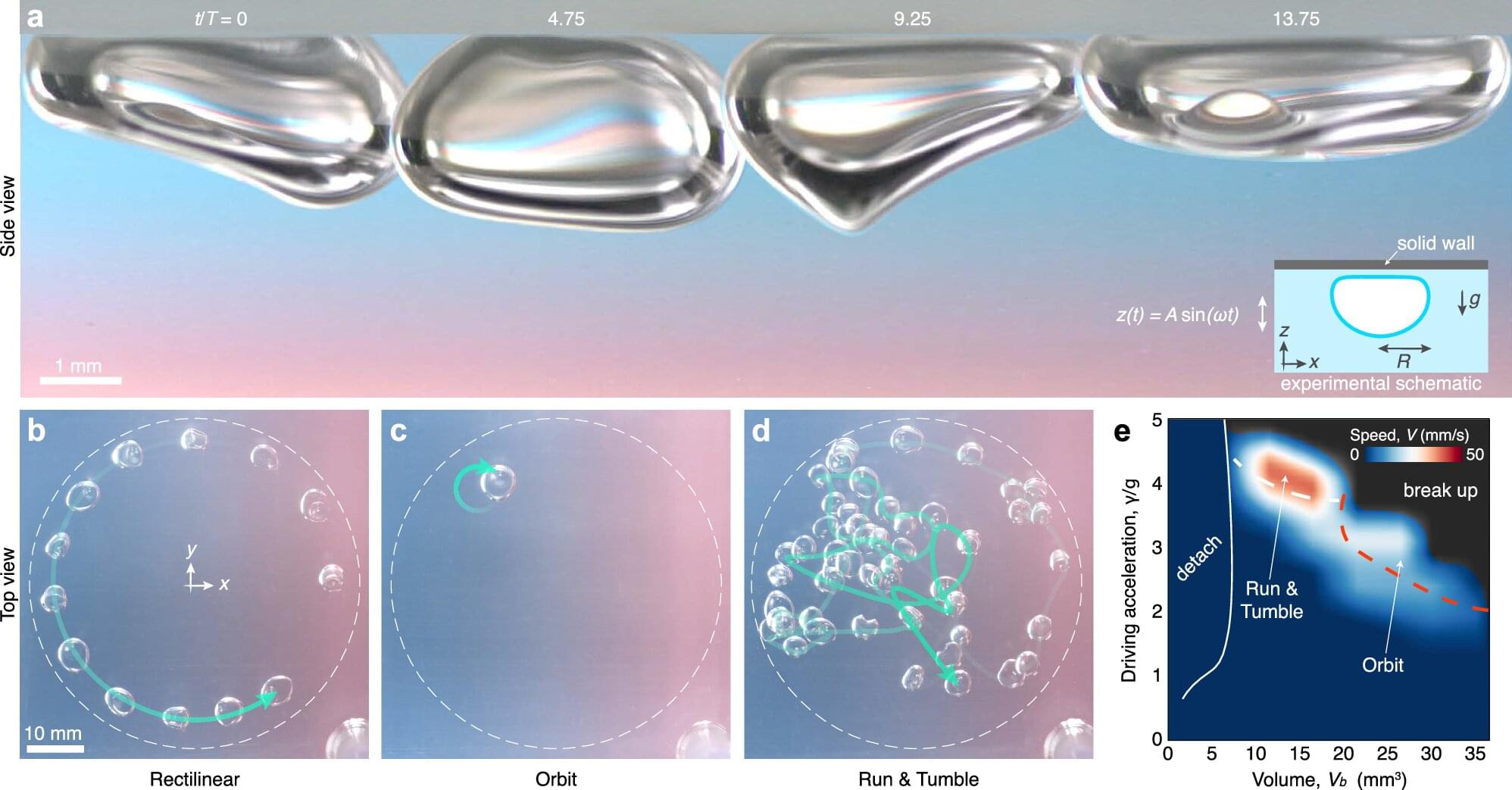
A team led by researchers at UNC-Chapel Hill have made an extraordinary discovery that is reshaping our understanding of bubbles and their movement. Picture tiny air bubbles inside a container filled with liquid. When the container is shaken up and down, these bubbles engage in an unexpected, rhythmic “galloping” motion—bouncing like playful horses and moving horizontally, even though the shaking occurs vertically.
This counterintuitive phenomenon, revealed in a new study published in Nature, has significant implications for technology, from cleaning surfaces to improving heat transfer in microchips and even advancing space applications.
These galloping bubbles are already garnering significant attention: their impact in the field of fluid dynamics has been recognized with an award for their video entry at the most recent Gallery of Fluid Motion, organized by the American Physical Society.
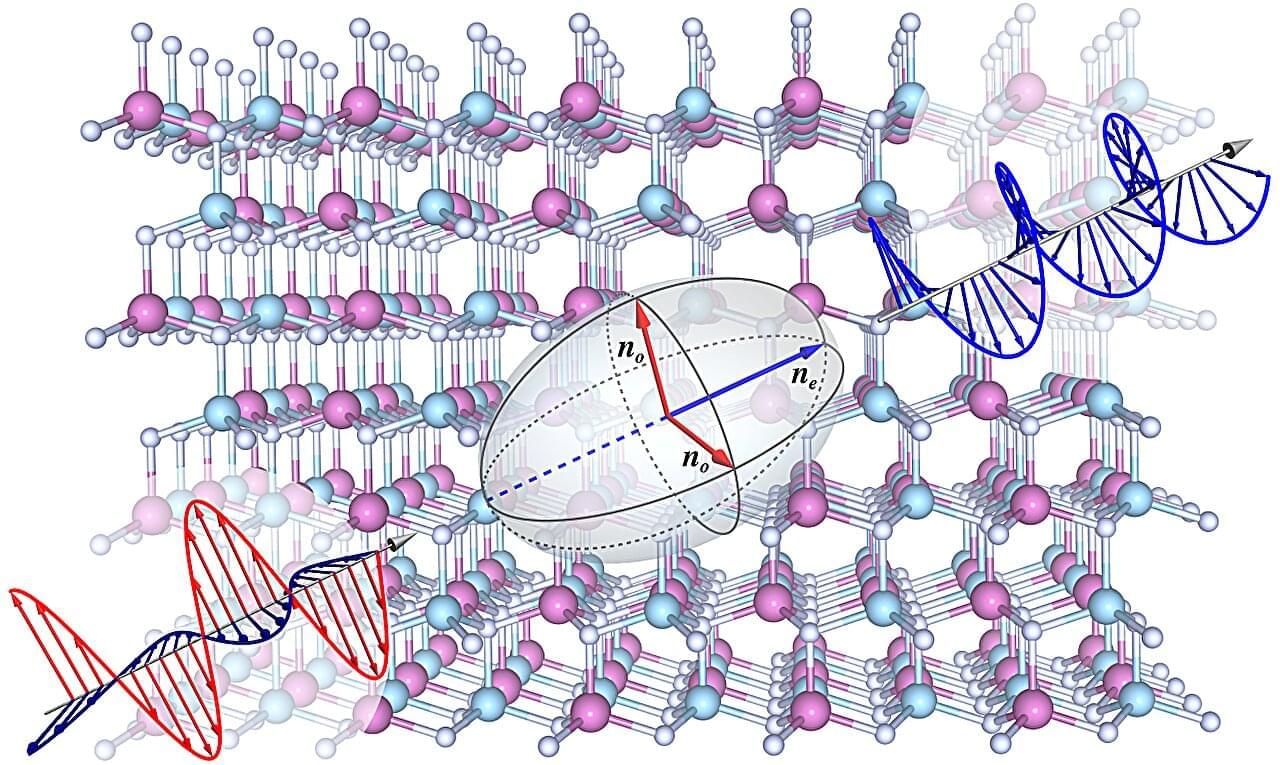
From integrated photonics to quantum information science, the ability to control light with electric fields—a phenomenon known as the electro-optic effect—supports vital applications such as light modulation and frequency transduction. These components rely on nonlinear optical materials, in which light waves can be manipulated by applying electric fields.
Conventional nonlinear optical materials such as lithium niobate have a large electro-optic response but are hard to integrate with silicon devices. In the search for silicon-compatible materials, aluminum scandium nitride (AlScN), which had already been flagged as an excellent piezoelectric—referring to a material’s ability to generate electricity when pressure is applied, or to deform when an electric field is applied—has come to the fore. However, better control of its properties and means to enhance its electro-optic coefficients are still required.
Researchers in Chris Van de Walle’s computational materials group at UC Santa Barbara have now uncovered ways to achieve these goals. Their study, published in Applied Physics Letters, explains how adjusting the material’s atomic structure and composition can boost its performance. Strong electro-optic response requires a large concentration of scandium—but the specific arrangement of the scandium atoms within the AlN crystal lattice matters.